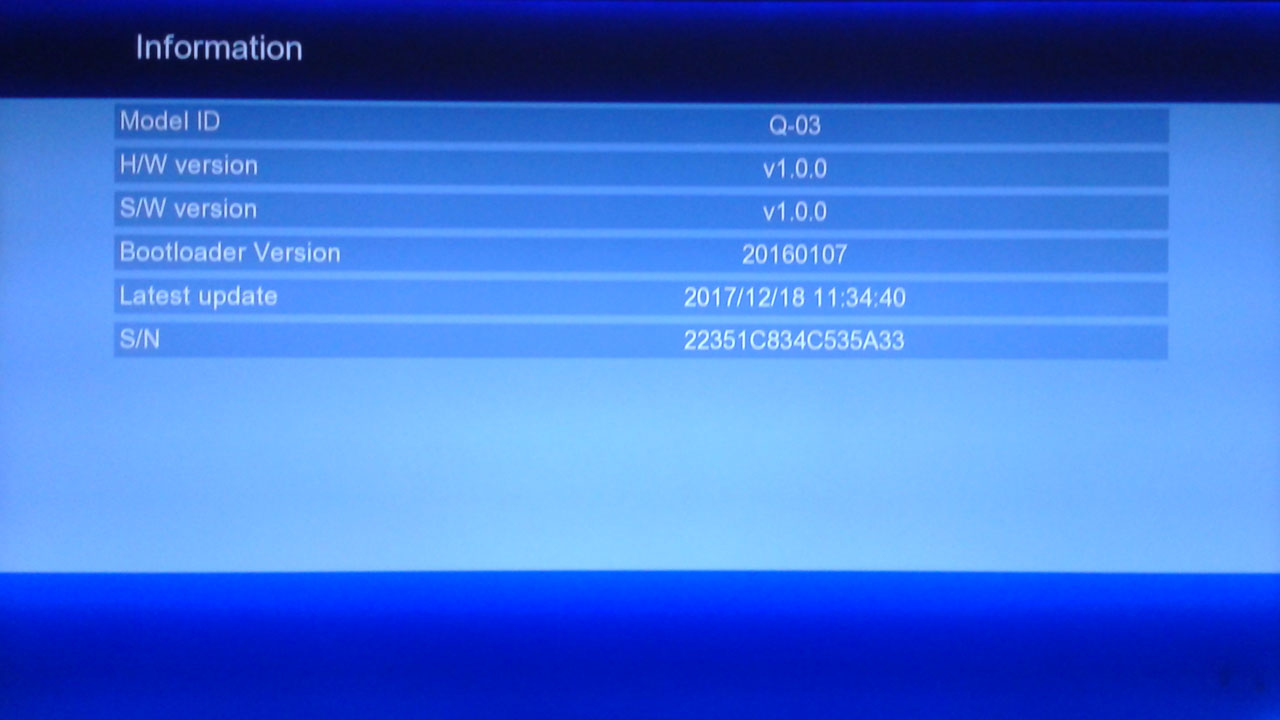

As personal computers handle much of the video decompression in software, any could be easily substituted on the desktop. Rarely supported by stand-alone FTA receivers, but likely to be supported by FTA tuners for personal computers, are and MPEG2, variants on the MPEG compression algorithm which provide more compression and more colour resolution, respectively.

(October 2009) Most standard FTA receivers support, or received as unencrypted from satellites. Many newer units are equipped with a port that allows the user to connect a portable hard drive at least one unit (the Pansat 9200HD) uses as PVR media storage. Often, a hard drive is not included when the unit is purchased, which allows the user to install any desired. PVR functions A few high-end receivers feature the ability to record programs, pause, and review live TV. In some cases, a receiver with both satellite and terrestrial tuners will provide on-screen guide support for one mode of operation but not both. Receivers with more memory (or storage on external devices such as hard drives) are often, but not always, better equipped to store and retrieve on-screen programme listings.

The availability and quality of programme guide information varies widely between broadcasters (some provide nothing) and the ability of receivers to collect and store guide listings from multiple sources is also variable. Another method of pirate decryption that has become popular recently is known as (IKS).Įlectronic program guide An on-screen program schedule can be accessed that also contains descriptive information about a selected program. Websites that third-party coders use to share this software often have anywhere from 50,000 to over 200,000 registered users. Most such firmware is distributed freely on the Internet. While smart-card piracy often involves individuals who re-program access cards for others (usually for a price), piracy using FTA receivers involves third-party software that is relatively easy to upload to the receiver and can even be uploaded using a USB device, network, or serial link (a process called 'flashing'). While this approach is used by most providers, deployments tend to be slowed due to cost. This 'card swap' process can provide pay-TV operators with more effective control over, but at the expense of replacing smart cards in all existing subscribed receivers. The use of allows providers to send new smart cards to all subscribers as existing compromised encryption schemes (such as 1 and 2) are replaced with new schemes (currently Nagravision 3).


 0 kommentar(er)
0 kommentar(er)
